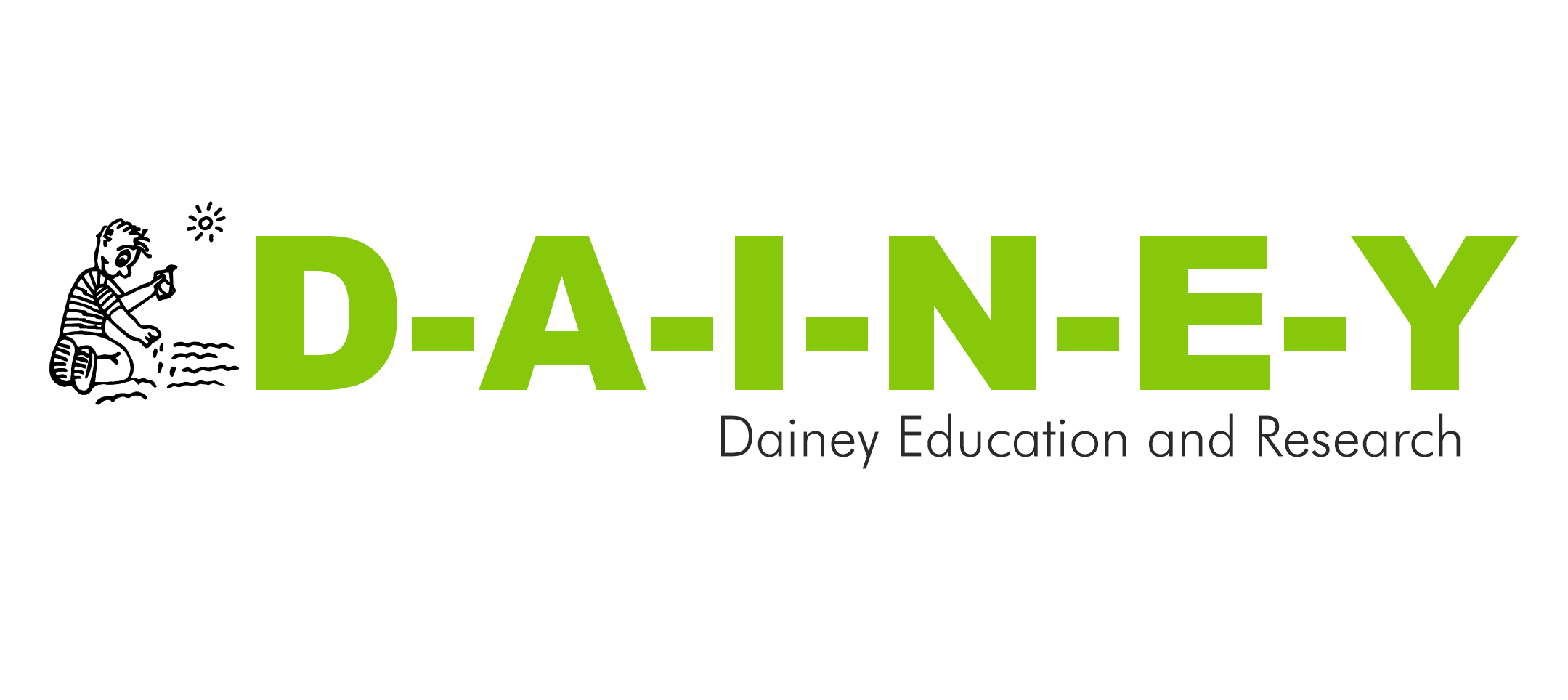DOWNLOAD
Content Writing Brochure
DOWNLOAD
Digital Marketing Brochure
DOWNLOAD
Data Science & Machine Learning

Intelligence and critical reasoning
RBI | SBI |IBPS Specialist Officers
IELTS is the international English Language Testing System.TOEFL is the Test of English as a Foreign Language.It is for people who intend to study or work where English is the language of the communication.

Mathematical skills
Group I | Group II | Group IV | VAO
All of the Graduate School's programmes are taught in English, and we realise that some students might feel insecure about their level of English.So they may want to learn their other language skills

Language comprehension
CGL | Multi Tasking Staff | Engineering
A programming language is a formal language that specifies a set of instructions that can be used to produce various kinds of output. Programming languages can be used to create programs that implement specific algorithms.

Data analysis and sufficiency
LIC AAO | United India Insurance Exam
IELTS is the international English Language Testing System.TOEFL is the Test of English as a Foreign Language.It is for people who intend to study or work where English is the language of the communication.











